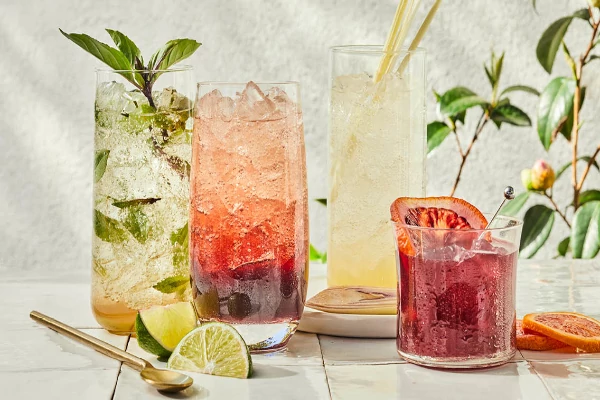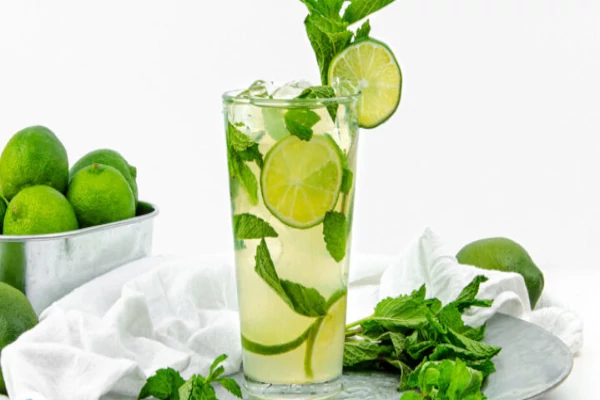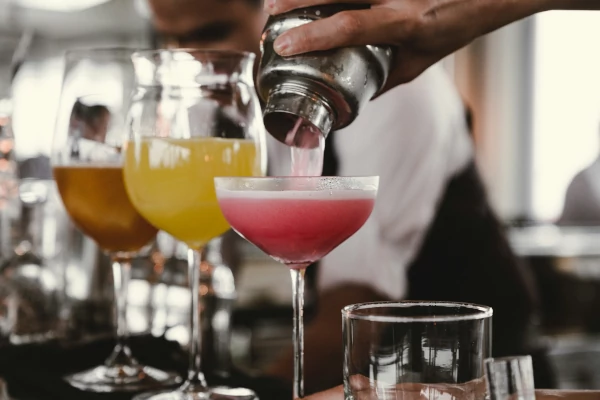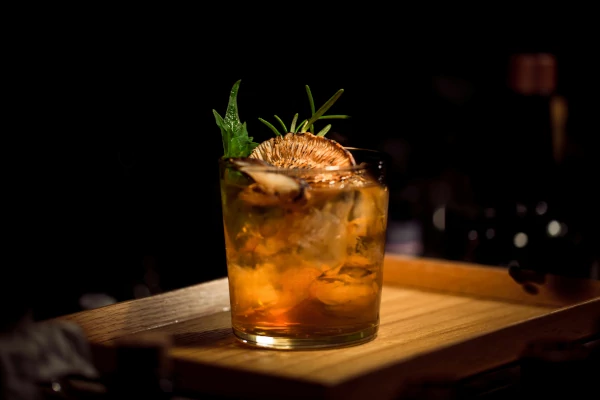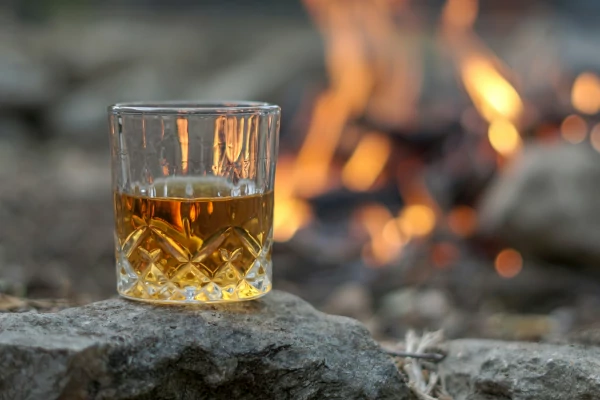A Guide to Whiskey Types: Understanding the Unique Characteristics of Bourbon, Scotch, Rye, and Irish Whiskeys
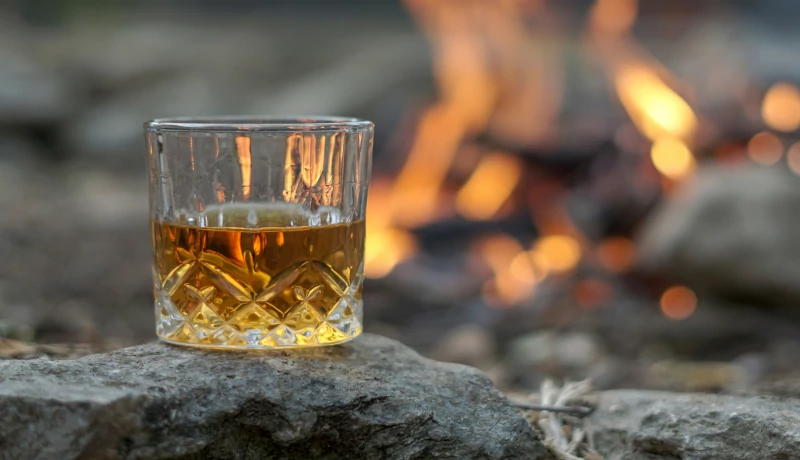
Explore the rich diversity of whiskey with a look at Bourbon, Scotch, Rye, and Irish whiskeys.
Whiskey, with its rich history and diverse flavor profiles, is a beloved spirit around the world. However, navigating the world of whiskey can be daunting with so many varieties and terminologies. In this guide, we'll break down the most popular types of whiskey—Bourbon, Scotch, Rye, and Irish—exploring what makes each unique and how to appreciate their distinct characteristics.
It is advisable to have alcohol/liquor drinking license in Maharashtra. You can apply online for alcohol/liquor drinking liquor license here : Click Here to Apply Now
1. Bourbon: The American Classic
Origin: Bourbon is a type of American whiskey that traces its roots to the early 18th century in Kentucky, though it can be produced anywhere in the United States. It is named after Bourbon County, Kentucky, where it was first made.
Ingredients: By law, bourbon must be made from a mash bill that consists of at least 51% corn. The remainder of the mash typically includes barley, rye, or wheat. The high corn content gives bourbon its characteristic sweetness.
Production: Bourbon must be aged in new, charred oak barrels, which imparts deep caramel and vanilla flavors. The aging process must occur in the U.S., but there is no minimum aging requirement for straight bourbon, though it must be aged at least two years to be labeled as such.
Flavor Profile: Expect rich, sweet flavors with notes of caramel, vanilla, and oak. Some bourbons may also have hints of fruit, spice, and tobacco.
Notable Examples: Maker’s Mark, Jim Beam, Woodford Reserve.
2. Scotch: The Quintessential Scottish Whiskey
Origin: Scotch whisky is produced in Scotland and is protected by geographical indications. There are strict regulations governing its production, which must take place within Scotland.
Ingredients: Scotch must be made from malted barley or grain, and the production process is divided into two main categories: Single Malt and Blended. Single Malt Scotch is made from 100% malted barley and distilled at a single distillery, while Blended Scotch combines malt and grain whiskies from different distilleries.
Production: Scotch is aged in oak barrels for a minimum of three years. The type of barrel used (ex-bourbon, sherry, etc.) can greatly influence the final flavor. There are regional differences as well, with notable styles from regions like Islay, Speyside, and Highland.
Flavor Profile: Scotch flavors range from light and floral to rich and smoky, depending on the region and production methods. Islay Scotches are known for their peaty and smoky character, while Speyside Scotches are typically sweeter and fruitier.
Notable Examples: Glenfiddich (Speyside), Laphroaig (Islay), Macallan (Highland).
3. Rye Whiskey: The Spicy Contender
Origin: Rye whiskey is primarily associated with the United States and Canada. American Rye Whiskey must be produced in the U.S. and is often linked to the traditions of early American settlers.
Ingredients: Rye whiskey must contain at least 51% rye in its mash bill. The remainder of the mash typically consists of corn and malted barley. Rye contributes a distinctive spiciness and complexity to the whiskey.
Production: Like bourbon, American Rye Whiskey must be aged in new, charred oak barrels. However, rye is known for its bolder and spicier flavor profile compared to bourbon.
Flavor Profile: Expect robust and spicy flavors with notes of black pepper, clove, and sometimes a hint of fruitiness. Rye whiskey often has a dry finish and a more complex flavor compared to bourbon.
Notable Examples: Bulleit Rye, Old Forester Rye, Rittenhouse Rye.
4. Irish Whiskey: Smooth and Approachable
Origin: Irish whiskey is produced in Ireland and is known for its smooth and approachable flavor. It has a long history, with production dating back to ancient times.
Ingredients: Irish whiskey can be made from malted and unmalted barley, and often includes other grains. It is typically triple-distilled, which contributes to its smoothness.
Production: Irish whiskey must be aged in wooden casks for a minimum of three years. It is usually distilled in pot stills, though some types use column stills.
Flavor Profile: Irish whiskey is generally smoother and lighter than its Scottish counterparts. It often has notes of honey, vanilla, and toasted wood. It can range from light and floral to more robust and nutty, depending on the production method.
Notable Examples: Jameson, Bushmills, Redbreast.
Conclusion
Whether you're a seasoned whiskey connoisseur or a curious beginner, understanding the differences between bourbon, Scotch, rye, and Irish whiskey can enhance your appreciation for this complex and varied spirit. Each type of whiskey offers a unique journey through its history, ingredients, and production methods, providing a rich tapestry of flavors and experiences. So, the next time you enjoy a glass of whiskey, you can savor not just the taste but the story behind each distinctive variety. Cheers!
How to get drinking liquor license : Click Here to Apply Now
